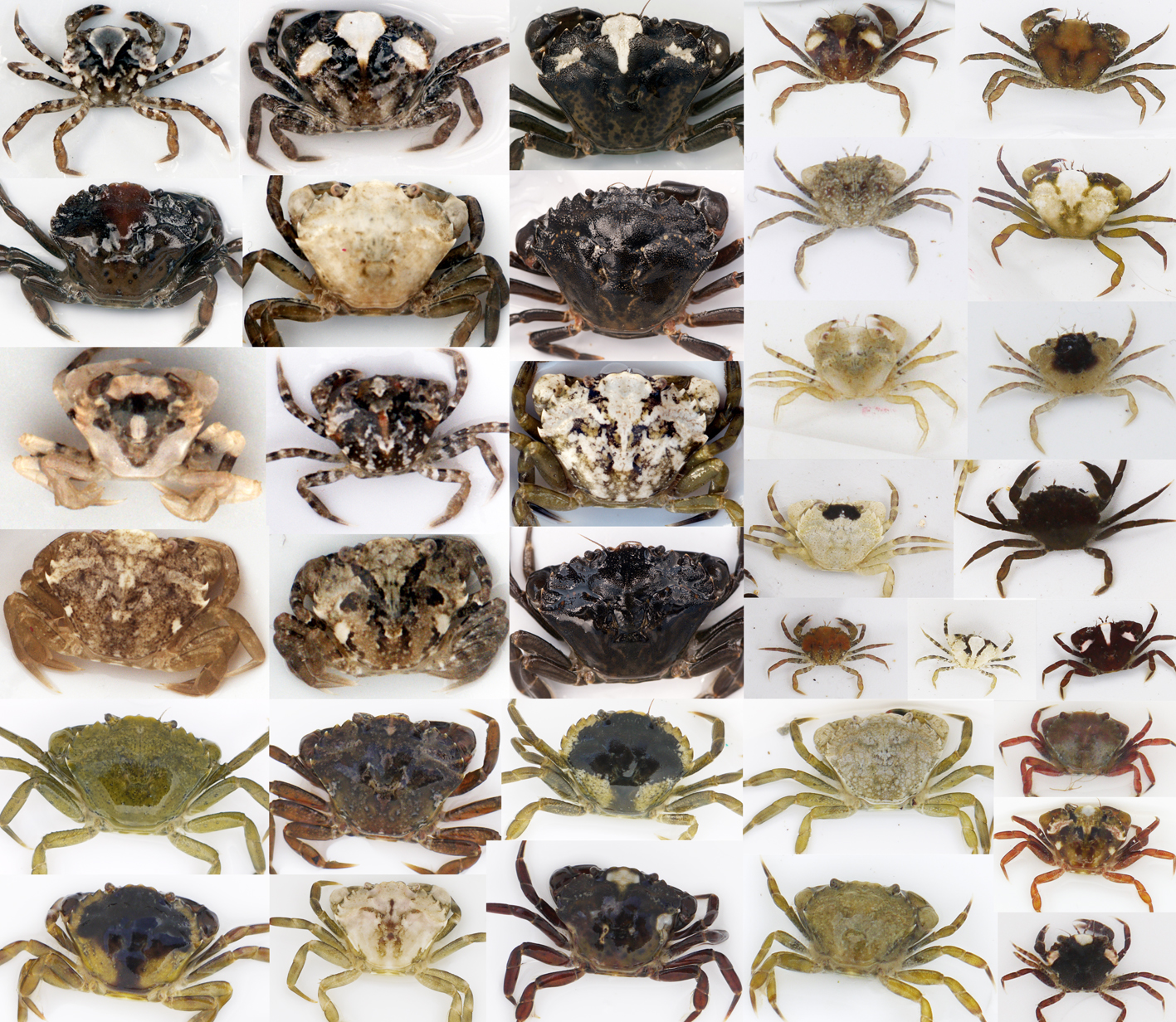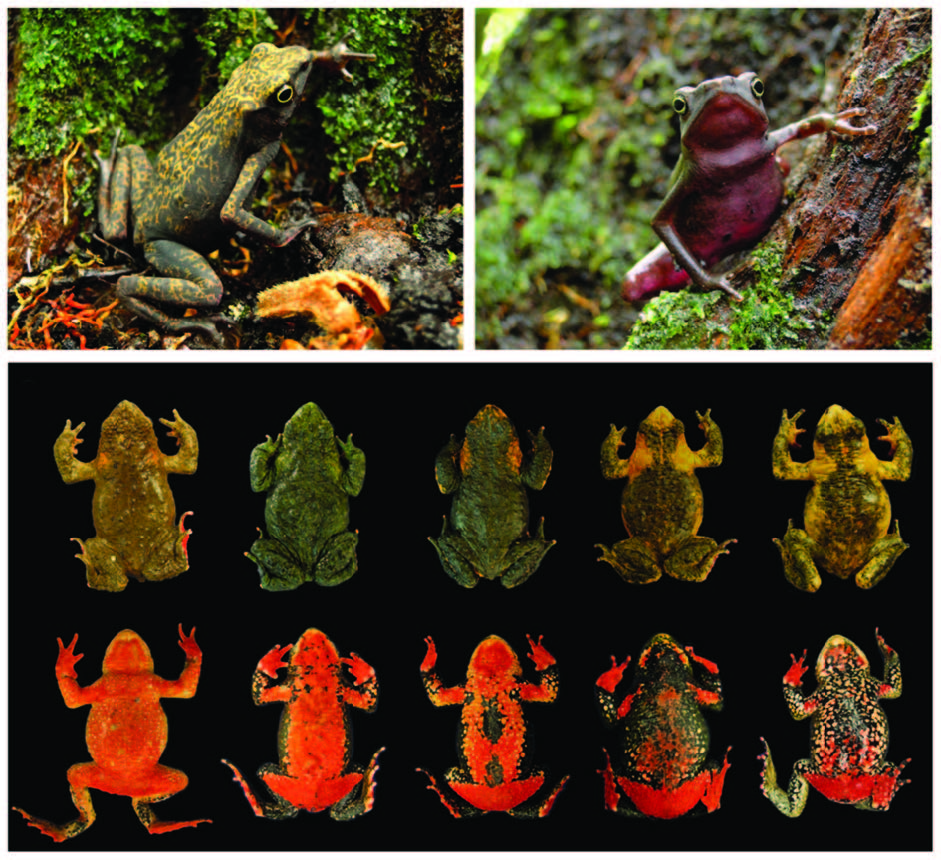Colour
Colour
The study of colour is a topic in sensory ecology

Many species can change colour over timescales of seconds, hours, days, weeks, and months often for camouflage or for mate selection. Coloration in nature is one form of representation where living beings aim to communicate warning or attraction signs. Sensory Ecology

Rojas, Bibiana. ‘Behavioural, Ecological, and Evolutionary Aspects of Diversity in Frog Colour Patterns’. Biological Reviews 92, no. 2 (2017): 1059–80. https://doi.org/10/f9w9qh.
Quicke, Donald L. J. Mimicry, Crypsis, Masquerade and Other Adaptive Resemblances. Chichester: Wiley, 2017.
Mimicry
Cf.
- crypsis
- masquerade
- transparency
as modes of avoiding being seen.
Types:
- Batesian mimicry: species that are profitable for predators to attack can gain protection if they resemble unprofitable species
- Müllerian mimicry: unprofitable species may face selection to evolve a common warning signal (cf. aposematism: warning signals)
- Darwinian mimicry: the guild of flowers that reward pollinators 1
- Wallacian mimicry: flowers that do not reward pollinators 1
- Mutualistic deceptive mimicry: when predators adopt species-specific attack strategies, then co-occurring prey species that are caught in different ways may be selected to resemble one another 2
Claudel, Cyrille, Simcha Lev-Yadun, Wilbert Hetterscheid, and Matthias Schultz. ‘Mimicry of Lichens and Cyanobacteria on Tree-Sized Amorphophallus Petioles Results in Their Masquerade as Inedible Tree Trunks’. Botanical Journal of the Linnean Society 190, no. 2 (2019): 192–214. https://doi.org/10/gjkg4m.
Caro, Tim, and Manisha Koneru. ‘Towards an Ecology of Protective Coloration’. Biological Reviews 96, no. 2 (2021): 611–41. https://doi.org/10/gp3xw4.
Hedley, Esme, and Tim Caro. ‘Aposematism and Mimicry in Birds’. Ibis 164, no. 2 (2022): 606–17. https://doi.org/10/gnmmkx.
Footnotes
Lev-Yadun, Simcha. ‘Müllerian and Batesian Mimicry Out, Darwinian and Wallacian Mimicry in, for Rewarding/Rewardless Flowers’. Plant Signaling & Behavior 13, no. 6 (2018): e1480846. https://doi.org/10/gp3x24.˄
Loeffler-Henry, Karl, and Thomas N Sherratt. ‘A Case for Mutualistic Deceptive Mimicry’. Biological Journal of the Linnean Society 133, no. 3 (2021): 853–62. https://doi.org/10/gp3x3k.˄
Backlinks